Isn't the CNC tool used in the machining center as fast as possible? Why passivation? In fact, tool passivation is not what everyone understands literally, but a way to improve tool life.
Improve the quality of cutting tools through processes such as leveling, polishing, and deburring. This is actually a normal process after the tool is finely ground and before the coating.
What is tool passivation?
By deburring, leveling, and polishing the tool, the quality of the tool is improved and the service life is prolonged. The name of the process before the finish grinding of the tool and the coating is not unified at home and abroad. It is called "blade dulling", "blade strengthening", "blade honing", "blade preparation" or "blade preparation". ER (Edge Radiusing) processing" and so on.
Why is the tool passivation necessary?
The cutting edge of the tool after being sharpened by ordinary grinding wheel or diamond grinding wheel has microscopic gaps of different degrees (ie, tiny chipping and sawing). In the cutting process, the microscopic gap of the cutting edge of the tool is very easy to expand, which accelerates the wear and damage of the tool.
Modern high-speed cutting and automated machine tools put forward higher requirements for tool performance and stability, especially coating tools must be passivated before coating to ensure the firmness and service life of the coating.
The purpose of tool passivation
The purpose of the cutting edge passivation technology is to solve the defects of the microscopic notch of the sharpened tool edge, reduce or eliminate the sharp value, and achieve the purpose of smooth and flat, sharp, strong and durable.
The main effect of tool passivation
Rounding of the cutting edge: removing the burrs of the cutting edge and achieving precise and consistent rounding processing.
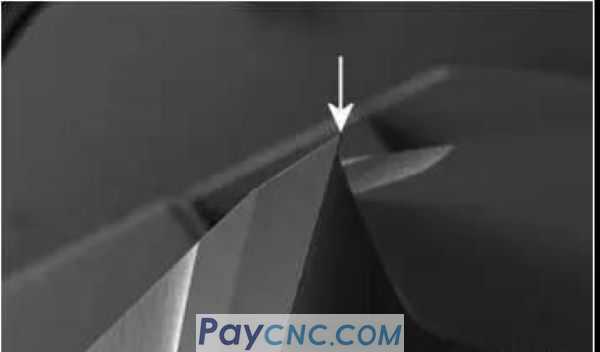
Cutting edge burrs cause tool wear, and the surface of the processed workpiece will become rough. After passivation treatment, the cutting edge becomes very smooth, which greatly reduces chipping and improves the surface finish of the workpiece.
Polishing of the row groove
Evenly polish the tool groove to improve the surface quality and cutting performance.
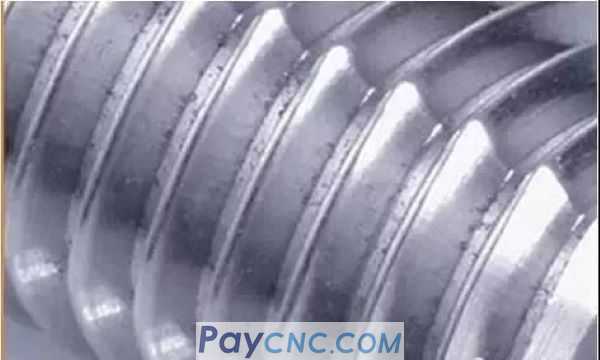 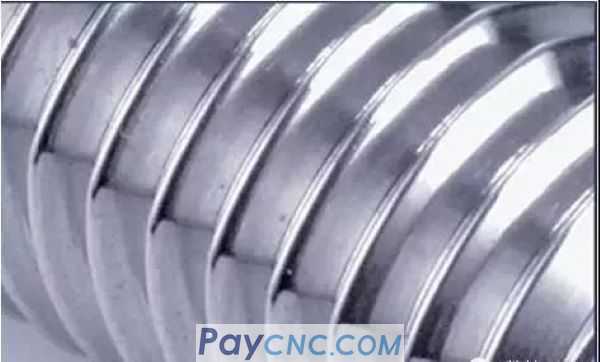
The smoother the groove surface is, the better the chip removal, and higher speed cutting can be achieved. At the same time, after the surface quality is improved, the risk of seizure of the tool and the processing material is also reduced. It can reduce the cutting force by 40% and cut smoothly.
Polishing of the coating
The protruding droplets produced after removing the coating of the tool can improve the surface finish and increase the adsorption of lubricating oil.
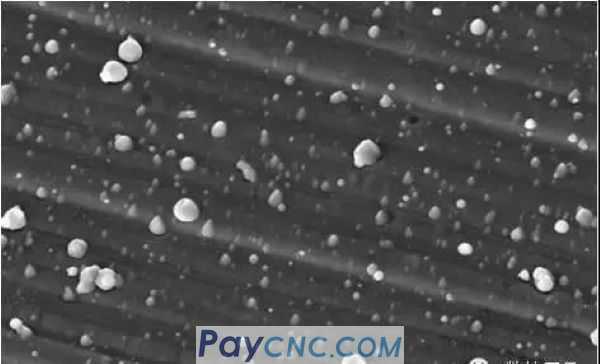 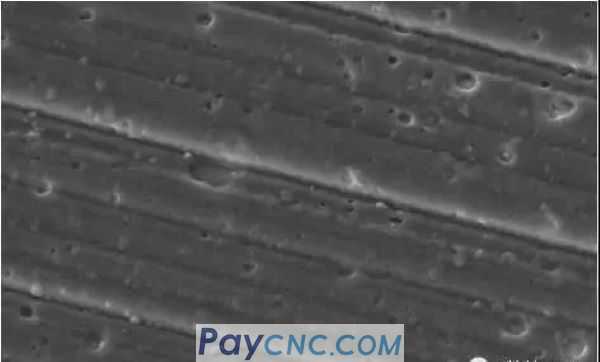
The coated tool surface will produce some tiny protruding droplets, which improves the surface roughness, making the tool prone to generate greater frictional heat during the cutting process and reduce the cutting speed. After passivation and polishing, the droplets are removed, while leaving many small holes, which can absorb more cutting fluid during processing, greatly reduce the heat generated during cutting, and greatly increase the cutting speed.
|
 |
| Products Catalogue | Home | About Us | Retrofit | Download | News | Tech Support | Contact Us | |
|
|
|
